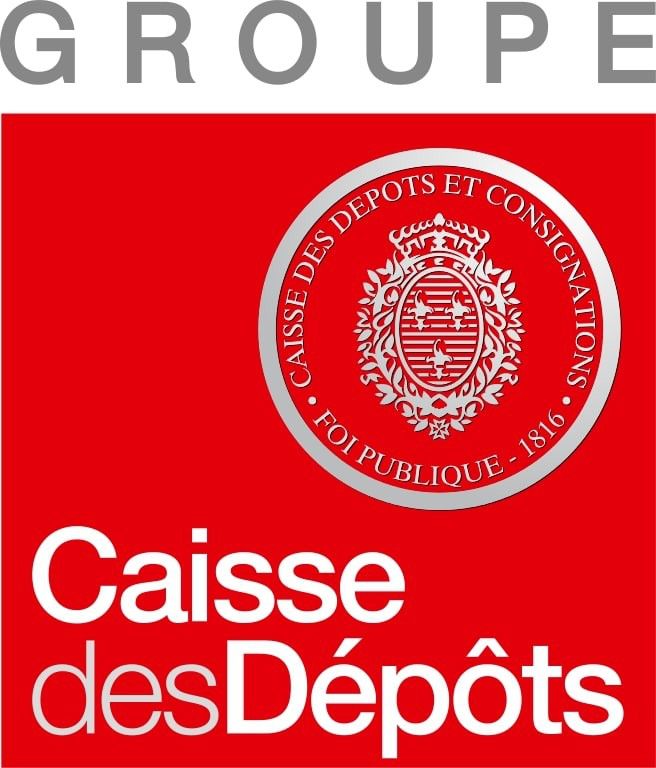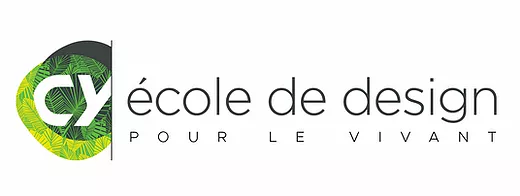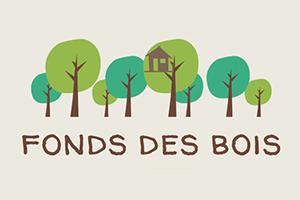Periplus
4, July 2011 | Published : Projects |
The field of free content on public (e.g. Internet) or private networks is in a deep transformation, because of the digitization of most of the existing files, the diversification of media and devices. The multiplication of data and digital knowledge available through search engines, of video on-demand, of exchange and tagging boards or social networks is raising major economic and social issues. Among these challenges, let’s focus on interface devices in a context of digital files multiplication. The present amount of data, the growing number of pictures/videos and the emergence of new devices (Smartphones, eBooks, iPad…) makes it essential to develop new systems of accessibility to huge database of virtual worlds, especially in terms of browsing and data synthesis. This issue is particularly burning on the subject of data stream that feeds every day the websites of newspapers, TV channels, radio stations and amateur journalists’ blogs.
This challenge has quickly been object to major innovations that are highly symbolic of Internet and TV networks’ latest mutations. There are many examples that are now famous like pictures search engines (Google, Bing), video search engines (Google, Orange’s VOD…). Thus, Youtube – true symbol of the american giant Google – has rapidly invested every Internet user’s life. However, even though these invention are major and innovative, the competition is still running. Indeed, these efforts mainly aimed to import ancient interaction modes that had been developed for text on new media and devices, by using innovation of the Web 2.0 (PHP, Ajax, Flash) and 3.0 (social networks). These interfaces enable for example to consult videos and pictures posted and tagged by others users, and this on several devices. Even if it is necessary, the migration of ancient interfaces isn’t enough: the true issue challenge is adapt to new types of files and to new technical advance in this field that are:
1) the highly plurimedia characteristic of documents on Internet (including text, image, video). It becomes increasingly less relevant to consider these media as independent within a document search engine;
2) The availability of new technologies of research by example, of classification and summary of multimedia files;
3) Adaptation to new devices that possess different interaction tools, beyond the usual mouse (remote controls, tactile commands…) and to customs linked to it (nomadism);
4) screens with variable resolution and size des écrans de taille et de résolution très variables (9cm et 480×320 for an iPhone to 132cm et 1920×1080 for LCD TVs, 30 cm et 1024×768 for an iPad).
But present interfacing tools (request and display) used by search engines are based on quite old systems that process media one by one. Concerning research, it is based on algorithms that try to find, in an indexed network, the string of a request. The use of such techniques is made necessary by constraints the search and index engine has to meet; something that becomes problematic insofar as it as to deal with huge amount of data. Concerning display, it consists in offering a well-ordered list of link toward aimed files, with for each link a description of the content of it (text extract, picture).
Such techniques don’t use all the knowledge on the networks, because it is scattered in highly heterogeneous and often unstructured sources. Moreover, they don’t take into account the characteristics of modern devices. Finally, they use only a limited part of technical advances in multimedia data processing. Despite the great research efforts of the community for data processing and indexation, that have achieved real success, the solutions that efficiently combine the recognition of new multimedia files and new display and research modes remain few. In their time, search engine such as Google or Yahoo built and framed the browsing and the document creation on Internet. New interaction modes will enable a better access to new media from new interfaces, and will allow the emergence of new types of websites and files highly multimedia and interactive.
In this context, PERIPLUS is a project of industrial research that deals with the major challenge that is browsing in digital metadata from mobile or fixes devices, specifically in the environment of e-journalism. This project plans to develop a synergy between ICST research, design, use and industrialists in order to offer several demonstrator that present innovative way to research, map, browse and interact, powered by new data processing technologies. The main aim of the project is to show the relevance and the feasibility of individual or collective use of tools for dynamic classification, multimedia summary generation, gestural interaction and browsing in a news corpus.

 in english
in english en français
en français











